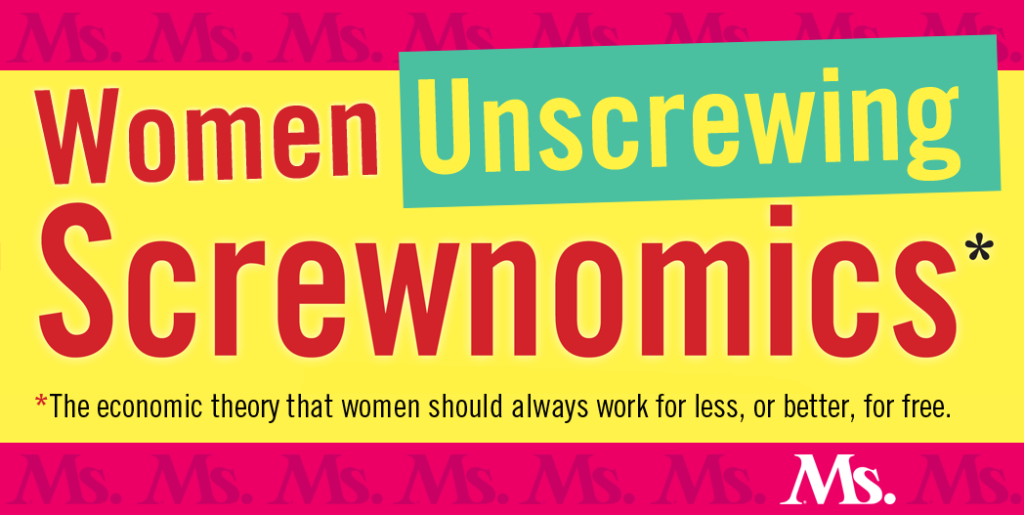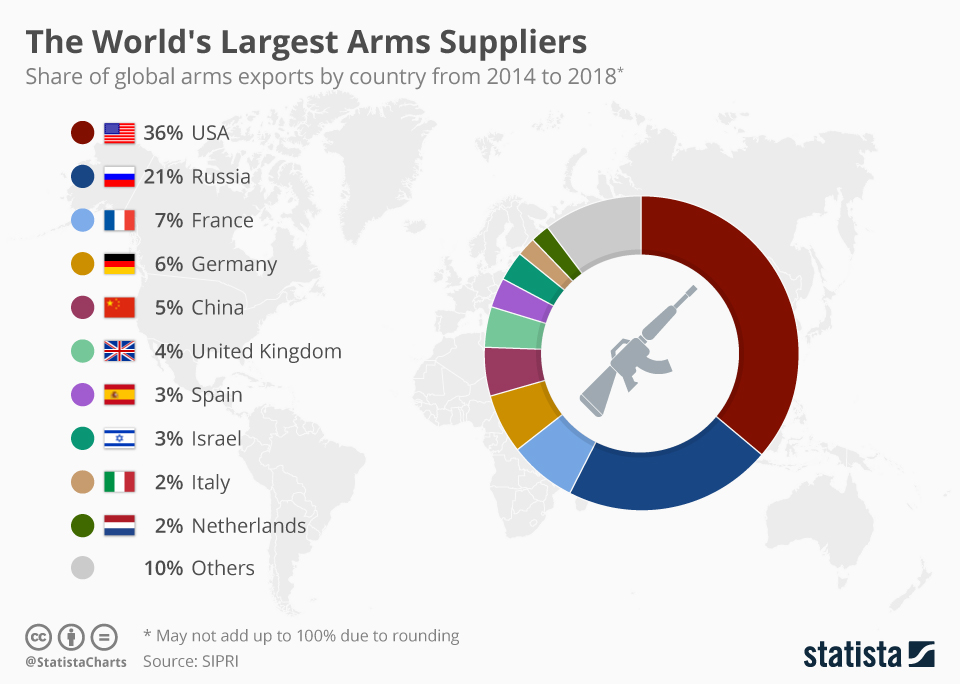
It’s time to talk about women’s economics with attitude. It’s time to laugh at what is often absurd and call out what is dangerous. By focusing on voices not typically part of mainstream man-to-man economic discourse, Women Unscrewing Screwnomics will bring you news of hopeful and practical changes and celebrate an economy waged as life—not as war.
U.S. CAT Policy won’t regulate the surprising number of kitty videos we so love on YouTube and Facebook—nor will it urge you to get your pet spayed.
But you should worry.

CAT is the “affectionate name” for the Conventional Arms Transfer Policy that national security think tanks and lobbyists have embroidered for Congress since Jimmy Carter. His 1976 campaign, post-Vietnam, called for a more public process as a check on arms sales exports. Congress agreed transparency about deadly weapons sales and government-to-government transfers was important. Supporting human rights helped define our real national security.
CAT Policy answers the common question of why US presidents and our State Department sometimes appear to be acting as an overseas sales force for armament corporations. They’ve helped make Lockheed Martin, Boeing, Northrup Grumman, Raytheon and General Dynamics the five biggest weapons suppliers in the world, reported the independent Stockholm International Peace Research Institute in December 2019. Total arms sales of U.S. companies amounted to $246 billion—fully 59 percent of all world arms sales, and up 7.2 percent over 2017.

Weapons sales numbers also help shed light on the Department of Defense (DoD) cost of maintaining 800 U.S. military bases—not domestically, but in 70 foreign countries. Base Operations Support alone cost $250 billion in 2016. Last year’s DoD appropriation was for $617 billion, plus $69 billion for 2019’s war budget—totaling $689 billion, a $160 billion increase.
And holy cats! The cost of human injury, suicide and death appeared few places until Columbia economist Joseph Stiglitz joined Brown University professor Neta Crawford to report that the post 9/11 wars of Afghanistan and Iraq had actually cost taxpayers $5.6 trillion. We’re still counting.
You’ll remember President Donald J. Trump’s first foreign trip was to Saudi Arabia in May 2017, resulting in a $110 billion weapons sale. That these were the latest and deadliest killing machines devastating Yemen hardly affected Trump’s transactional braggadocio. So ruthless were the Saudi attacks on Yemen civilians that a divided Congress found something to agree on, a resolution blocking $8.1 billion in Saudi weapons sales. Trump vetoed this in 2019, and sent the weapons anyway. His administration had helped loosen sales with its new CAT Policy.
Trump’s reframed CAT adds “economic benefits” as a new criterion. He seeks more transfers and quicker reviews of human rights by Congress and the State Department with an added reviewer, the US Chamber of Commerce. To help weigh and define sales “benefits,” the Chamber has newly spawned its own Defense and Aerospace Export Council. Their strategic plan is to “host initial discussions and conduct a survey of industry executives on the global challenges they face competing with foreign exporters.” The CEOs of Lockheed Martin, Boeing and others apparently couldn’t afford this without government help.
One informative panel discussion of CAT changes took place at the Center for Strategic and International Studies, where well-funded meetings regularly churn bureaucratic “word soup,” as one panelist described it. He expressed concerns that CAT was not about a simple trade commodity, but dangerous killing machines often misused by abusers of human rights. The US had gotten it wrong in the past (like weaponizing Saddam Hussain and Osama bin Laden). He had hopes that lately Congress was taking its review powers more seriously, sometimes blocking these.
The new DAEC rep sat on the Center’s panel, too. He described Trump’s expanded CAT Policy as: “a unique opportunity capitalizing on…influencing the government—both U.S. government and foreign governments—and working with our industrial sector to advance opportunities for industries globally.” It’s hardly comforting that armament CEOs will now more directly determine how many guns, missiles, and killer jets must protect democracy around the world—you know, like the democracy in Saudi Arabia.
American jobs creation by the arms industry is Trump’s underlying premise—and about as bogus as the yield from clean coal jobs vs. double-the-number of solar and wind jobs. Fortunately, Tom Dispatch writers Cassandra Stimpson, Nia Harris and Ben Freeman, have helped expose the lie, drawing on the work of some watchful women academics.
Catherine Lutz, Neta Crawford, and Andrea Mazzarino first founded the Costs of War Project at Brown University in 2011, now housed at the University’s Watson Center. (Crawford later also worked with economist Stiglitz.) Tom Dispatch cited the Project to find that “$1 billion in military spending creates approximately 11,200 jobs, compared with 26,700 in education, 16,800 in clean energy and 17,200 in health care.”
Why do we spend more on DoD than all these others combined? Just 11 percent of DoD could fund clean energy for every home, says National Priorities. Heidi Garrett-Peltier’s report at UMass-Amherst’s Political Economy Research Institute underlined the comparatively poor choice military spending is for job creation, finding that each $1,000,000 of DoD spending creates 6.9 jobs, counting not just defense industries but their supply chain subcontractors. Spending the same $1,000,000 on wind or solar energy corresponds to 8.4 wind energy jobs or 9.5 jobs for solar. A million bucks produces 19.2 jobs in elementary-high school education and 11.2 jobs in higher ed.
Jobs in education and green energy include the added benefit of hardly ever killing or disabling people, while carrying the hope of making Americans smarter. Smarts are required when dealing with our tricky military-industrial CAT Policy and arms exporters. Tom Dispatch checked with the US Securities and Exchange Commission (SEC) to discover whether the five top Pentagon defense contractors had in fact created promised jobs from 2012 to 2018. Despite increases in government funding, three of the five had slashed jobs and sent others overseas. Jobs added mostly came from buying out competing companies. CEO pay and stock returns went up, however.
Now you know how Trump’s CAT Policy chases the government budget up a tree and way out on a limb. Whatever your party politics, remember: Congress still can check overzealous arms transactions.
So yowl meow!





